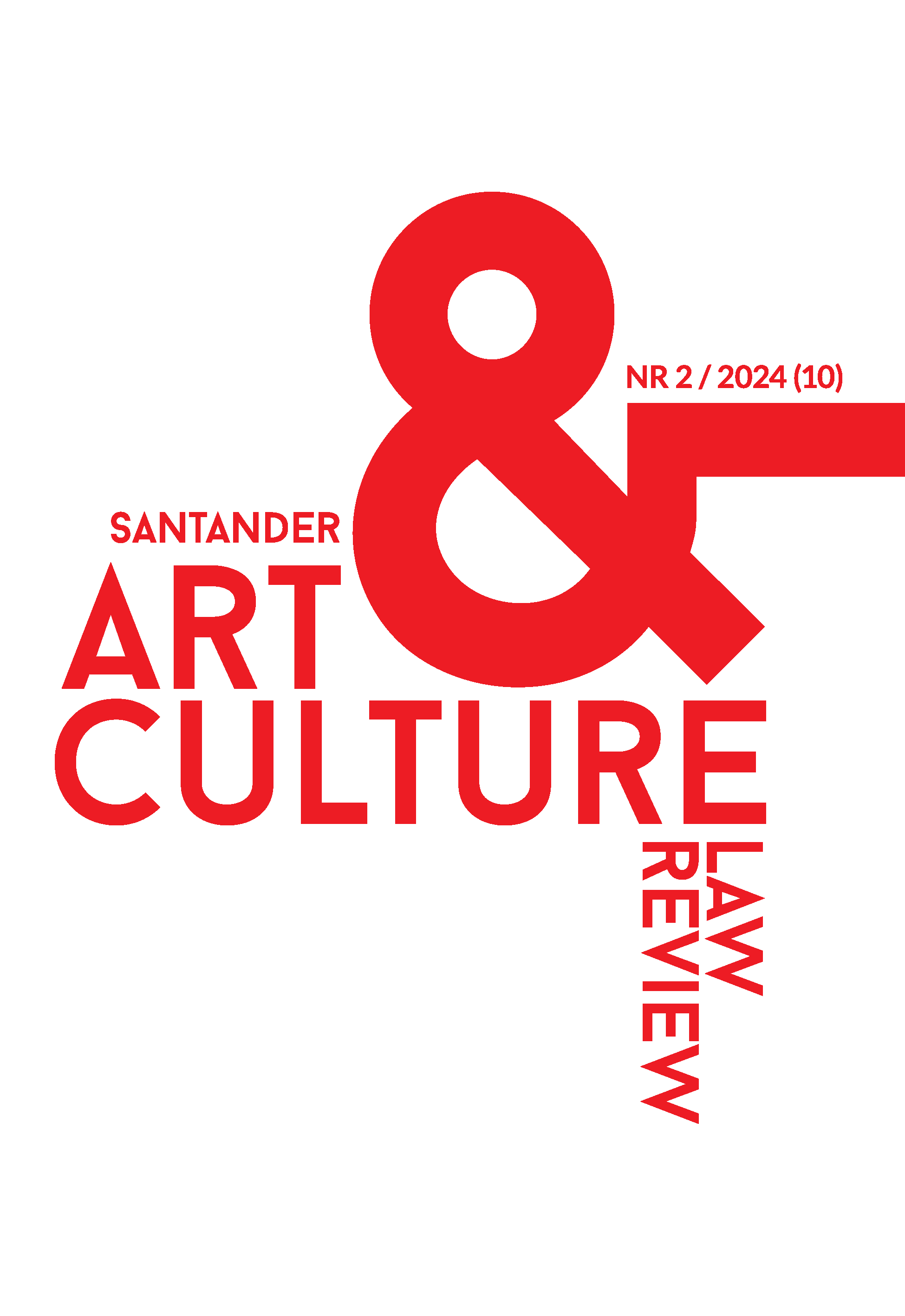Attacks against Cultural Property in Armed Conflict – How to Reduce the Risk of Impunity?
Attacks against Cultural Property in Armed Conflict – How to Reduce the Risk of Impunity?
Author(s): Nout van WoudenbergSubject(s): Law, Constitution, Jurisprudence, Museology & Heritage Studies, Library and Information Science, International Law, Security and defense, Peace and Conflict Studies
Published by: Wydawnictwo Uniwersytetu Jagiellońskiego
Keywords: armed conflict; impunity; cultural property; war crimes; international accountability
Summary/Abstract: People see cultural property as their heritage, which identifies them and made them who they are today. Loss of cultural property deprives people of tangible remnants of their past and leaves deep unhealable wounds. Therefore, there are special regimes and measures in place in order to protect cultural property during armed conflict. However, instead of saving and sparing cultural property, belligerents often even intentionally target the cultural property of the other people as a means of warfare in order to break the backbone and morale of these people or make their identity fade away. Measures such as enhanced protection, individual criminal responsibility, and means for paying more attention to the dissemination and implementation of the rules of warfare do not seem to have sufficient desired effect. So how can we more effectively make belligerents refrain from destroying cultural property? How can we increase deterrence effects and decrease impunity? This article first shortly reflects on the legal framework of cultural property protection in armed conflict. Then it touches upon the various obligations of states with regard to the practical implementation of, and adherence to, these rules, after which it flags several cases before international courts and tribunals, both regarding individual criminal responsibility and state responsibility. Thereafter the recent Russian destruction of cultural property in Ukraine is addressed, followed by an examination of how deterrence can be enhanced and impunity reduced. The article ends with several conclusions and recommendations in that regard.
Journal: Santander Art and Culture Law Review
- Issue Year: 10/2024
- Issue No: 2
- Page Range: 105-134
- Page Count: 30
- Language: English

